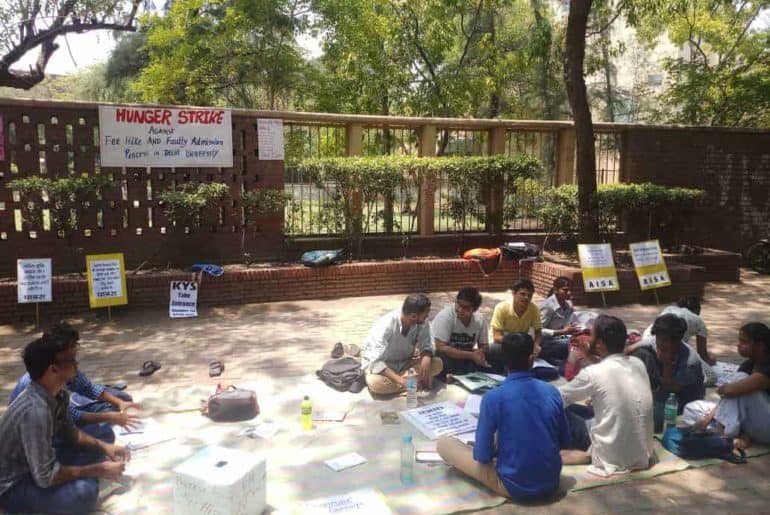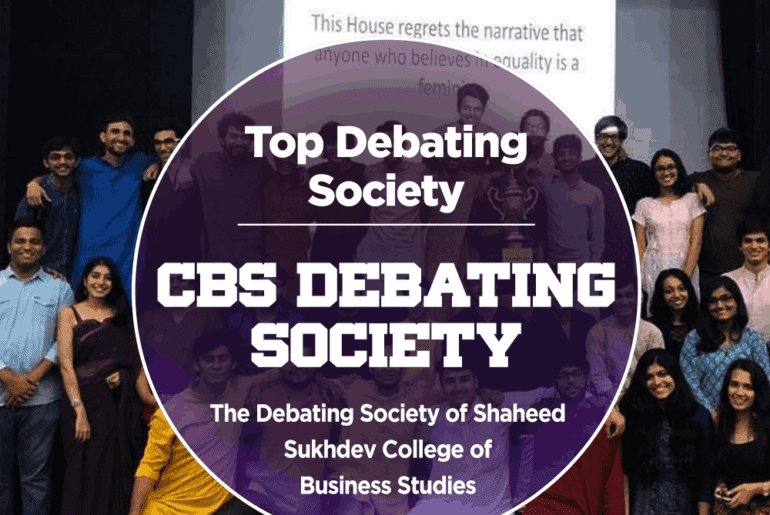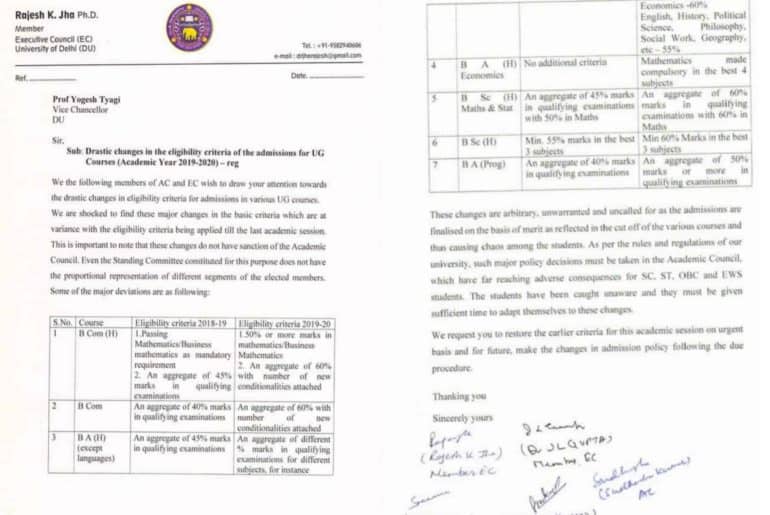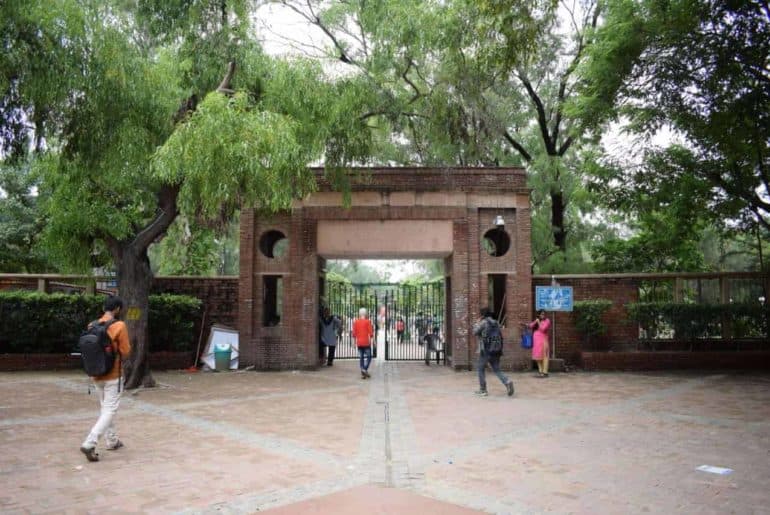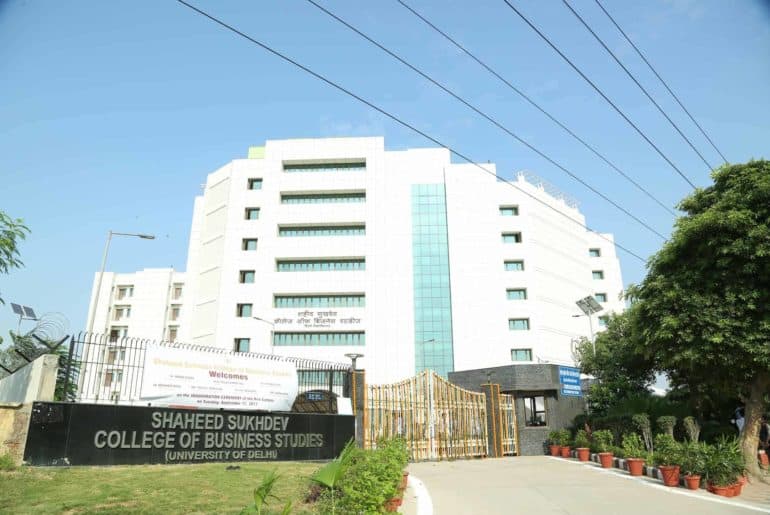NSUI’s offer to bear expenses, expressed in a press release made by NSUI on 19th June, was made on the occasion of the birthday of Congress President Rahul Gandhi.
The student wing of the Congress, the National Students’ Union of India (NSUI), has decided on a move to pay the first-year fees of the children of late soldiers and farmers who are taking admission in the University of Delhi. The offer, expressed in a press release made by NSUI on 19th June, was made on the birth anniversary of Congress President, Rahul Gandhi.
“NSUI has made a plan to take an important step to serve the families of the Army on the occasion of the birth anniversary of Congress President Rahul Gandhi Ji. NSUI wants to help and provide services to the children of the family of martyred army, security force [sic]. For this, NSUI wants to pay one year fee for the children of martyrs who are going to take admission in Delhi University this year,” the press release stated.
Calling out the “unfortunate and painful” manner in which the army had been “politicized” by “all the parties” in the “past few days,” the press release said that the NSUI was “standing in every way with the families of those soldiers.”
The press release further said, “The National Student’s Union of India [sic] is also standing with the families of the farmers, who had to commit suicide due to non-payment of loans to the banks. NSUI also wants to pay fees of the children of those farmers.”
The process for the same requires students to register on the email [email protected], following which the National Committee of the NSUI will verify the students’ details.
NSUI National President Neeraj Kundan was quoted by ANI as saying that the party will reimburse the students’ fee in case they had already submitted it to the University, while also adding that the programme “reverberated” Rahul Gandhi’s thinking.
When asked about whether the decision was taken in view of the student polls, Kundan was quoted as saying that the organisation wanted to forward it’s leader, Rahul Gandhi’s ideas instead of just cutting a cake on the occasion of his birthday.
DU Beat tried contacting Saimon Farooqui, the National Secretary of NSUI for a comment, but he was not immediately available.
In our view, while no political move can be separated from the idea of seeking votes or at least, acquiring votes as a byproduct of even a desirable move, political parties often act in subtle ways to expand their reach over the masses. While it is not clear what kind of information will be sought by the NSUI for the programme in question here, a reasonable expectation would be that information such as mobile numbers and other contact details will not be used by the party to reach out to the registrants – such that it does not become a political tool. But voting for a party as per one’s own judgement is, of course, a right available to all.
Feature Image Credits: ANI
Prateek Pankaj


